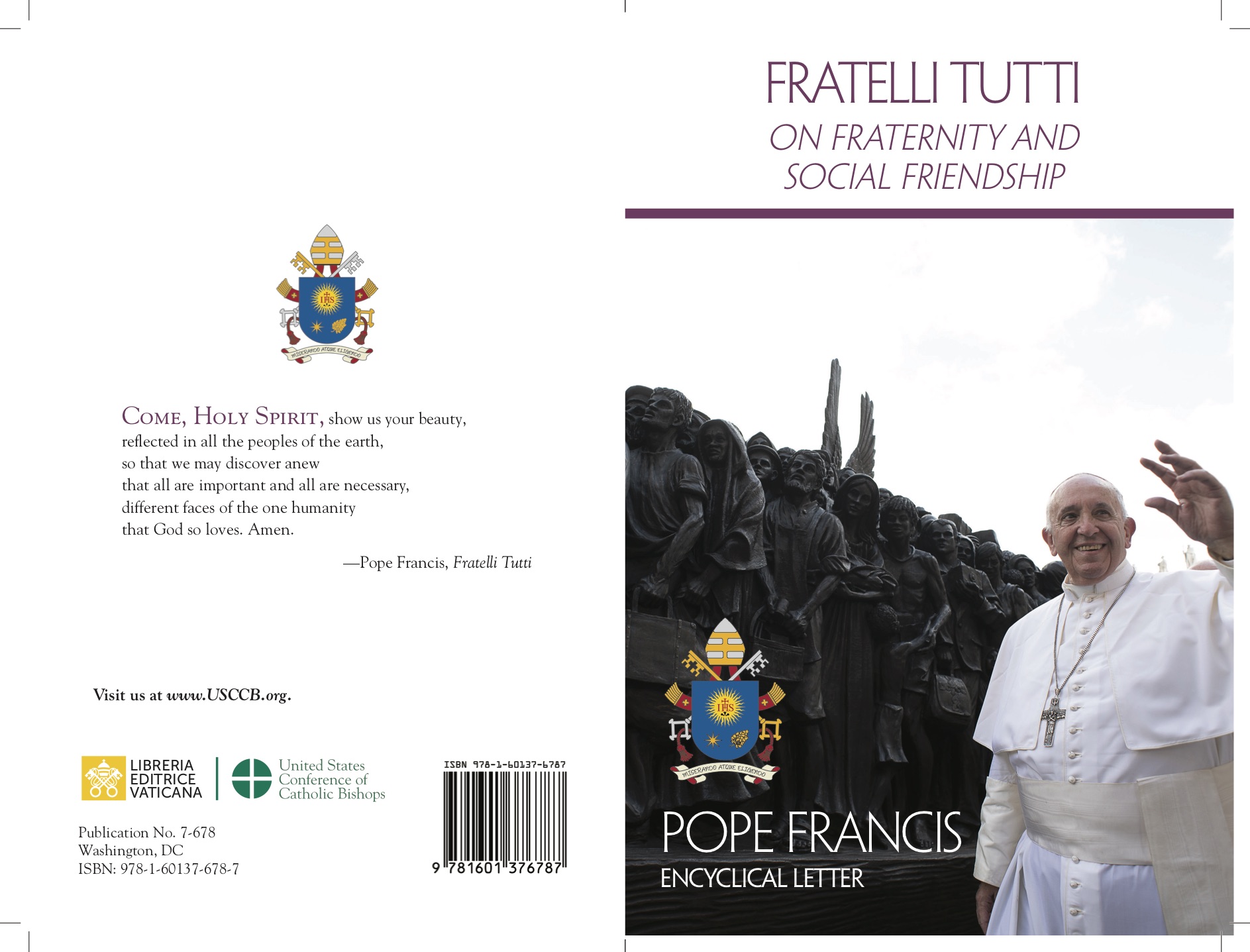
On December 28, 1943, in Nazi-occupied Rome, a group of young women gathered at the Catacombs of Priscilla. They made a solemn promise before Father Agostino Ruggi d’Aragona, a Dominican priest with experience in scouting, and founder of the Associazione Guide Italiane [Italian Guides Association]. The women gathered there were daughters of upper-class Roman society, who were well educated, and privileged. A couple of months earlier, they had formed the first “Squirrels” patrol, led by Giuliana di Carpegna, the granddaughter of Mario Carpegna, founder of the Italian Catholic Scout Association (ASCI). Among them were Josette Brucculeri Lupinacci, Raffaella Berardi (known as Lella “Red Cloud”), Prisca Chiassi, Mita di Cossilla, Beatrice Amantea, Monique de Ruette, and Maria Pia Sanjust.
In a Rome that was enduring tragic months, where everything was lacking, these young women felt the desire to contribute to the creation of a new Italy, and were ready to rebuild. “Estote parati”, “be ready”, was their motto.
Their story inspired the novel Come braci sotto la cenere [Like Embers under the Ashes] (Paoline) by Laura Cappellazzo, an educator who enjoys writing stories inspired by resistant women. The Roman girls who founded the AGI were certainly among those resilient women, for they were full of determination as they operated in secrecy because the fascist regime did not allow any educational programs beyond its control. Even after the war, they continued their commitment.
Josette Lupinacci took part in the National Liberation Committee and later joined the Unione Donne Italiane (Italian Women’s Union), though she soon left. She was a member of the Comitato Unitario per il Voto (Unitary Committee for the Vote) and was one of the founders of the Associazione Nazionale Donne Elettrici (National Association of Women Voters).




 Purchase the Encyclical here Fratelli Tutti
Purchase the Encyclical here Fratelli Tutti